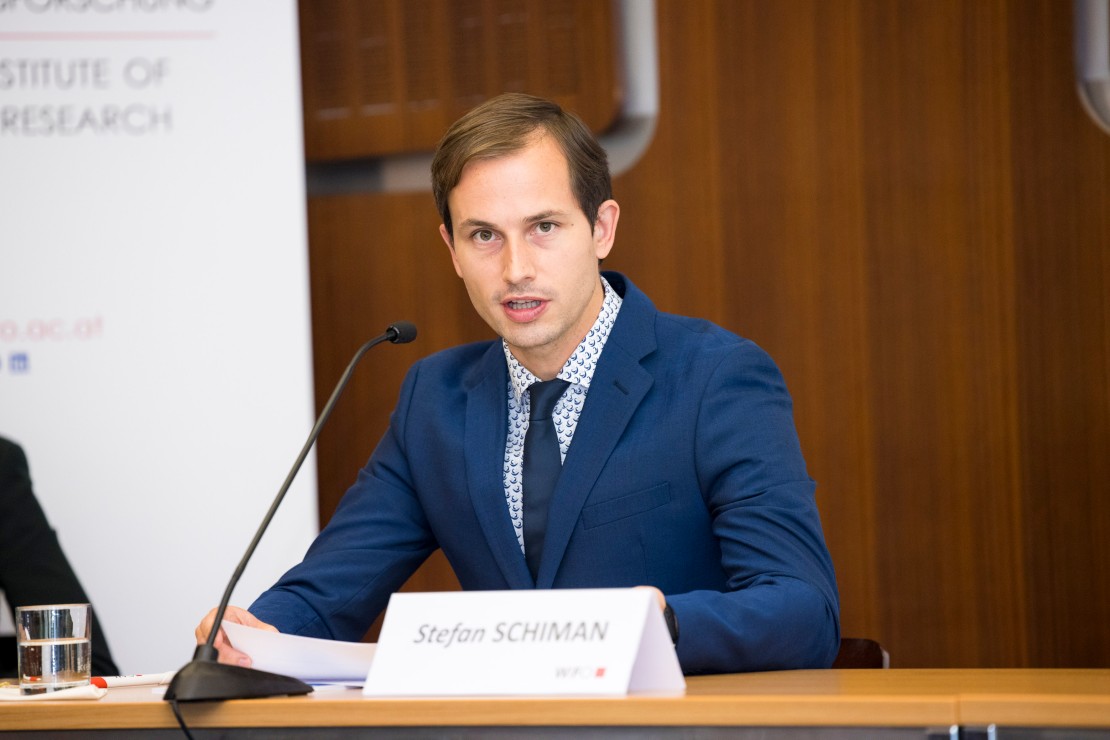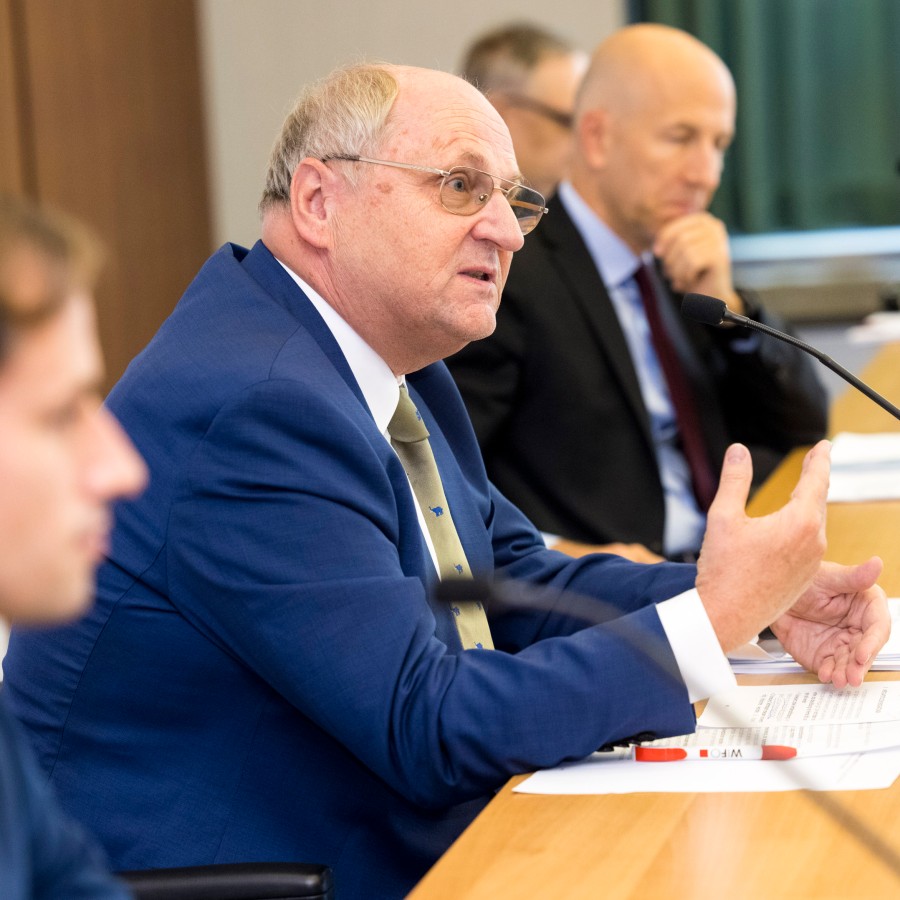A recording of the press conference and photos are available here.
In spring, the global economy suffered a massive slump due to the pandemic-related protective measures. The loss in value
added was partially made up in the summer; in Austria, value added in the third quarter is likely to have grown by more than
10 percent compared with the previous quarter. About half of the crisis-related rise in unemployment was reduced by September.
In the fourth quarter, however, economic momentum will slow down markedly as a result of expiring rebound effects (the unwinding
of the consumption backlog) and an increase in the number of infections.
"The measures to contain the COVID-19 pandemic in Austria in spring 2020 were strict by international standards and caused
a massive loss of value added. The generous easing in the summer enabled a strong rebound, especially the consumption backlog
largely unwound", says Stefan Schiman, the author of the latest WIFO Economic Outlook.
The massive slump in the global economy in spring 2020 was partially offset in the summer. Austria had taken measures to contain
the COVID-19 pandemic that were particularly stringent by international standards – and then eased them particularly generously.
Accordingly, the recession in spring was deep and short.
In the third quarter of 2020, real economic output already started to expand strongly again; it is estimated to have increased
by more than 10 percent quarter-on-quarter (second quarter ‑12.1 percent). The strong rebound was due on the one hand to the
economic policy measures, but above all to the fact that the consumption backlog from the spring was unwound by the generous
relaxation of the lockdown. Investment, with the exception of construction, and foreign trade probably recovered less quickly,
as economic uncertainty and longer lead times play a greater role in this areas.
Following the rapid recovery in the summer, a marked slowdown in economic momentum is expected for the rest of the year. For
the fourth quarter of 2020, WIFO is forecasting economic growth of only 0.8 percent compared to the previous quarter, resulting
in an overall GDP decline of 6.8 percent for 2020 compared to 2019.
One reason for the economic slowdown is that the rebound effects – above all the unwinding of the consumption backlog – are
fading out. On the other hand, a rise in COVID-19 infection figures and the recent (moderate) tightening of containment measures
are dampening economic activity. In industry, however, processes are now likely to have adapted to a greater degree of social
distancing, so that production is no longer affected as strongly.
Parallel to economic output, the volume of work will slump in 2020. Much of the decline will be due to a reduction in working
time per capita as a result of the active use of COVID-19 short-time work. Nevertheless, the decline in employment and the
increase in unemployment are also significant. Up to and including September, about half of the increase in unemployment due
to the crisis was reduced.
In addition, economic crises have a catalytic effect on structural change, so that more jobs are now being cut in industry.
This will continue in 2021, when total employment is already rising again. The situation in tourism also remains tense, with
the number of overnight stays in spring 2021 expected to be a quarter below pre-crisis levels, even if the travel warnings
issued by some countries to Austrian destinations are lifted in time for the start of the winter season.
The forecast assumes – as did the latest WIFO forecasts – that containment measures will be tightened, but that no new lockdown
will be imposed. A second lockdown would have severe consequences for the economy. If shops and factories were to close again
from November onwards and travel opportunities were to be drastically reduced, and if such a lockdown were to continue until
after the Christmas holidays, economic performance in the fourth quarter of 2020 could fall back to the level of the second
quarter. For the full year of 2020, this would represent a further dampening of GDP growth by 2.5 percentage points compared
to 2019, followed by stagnation in 2021.







